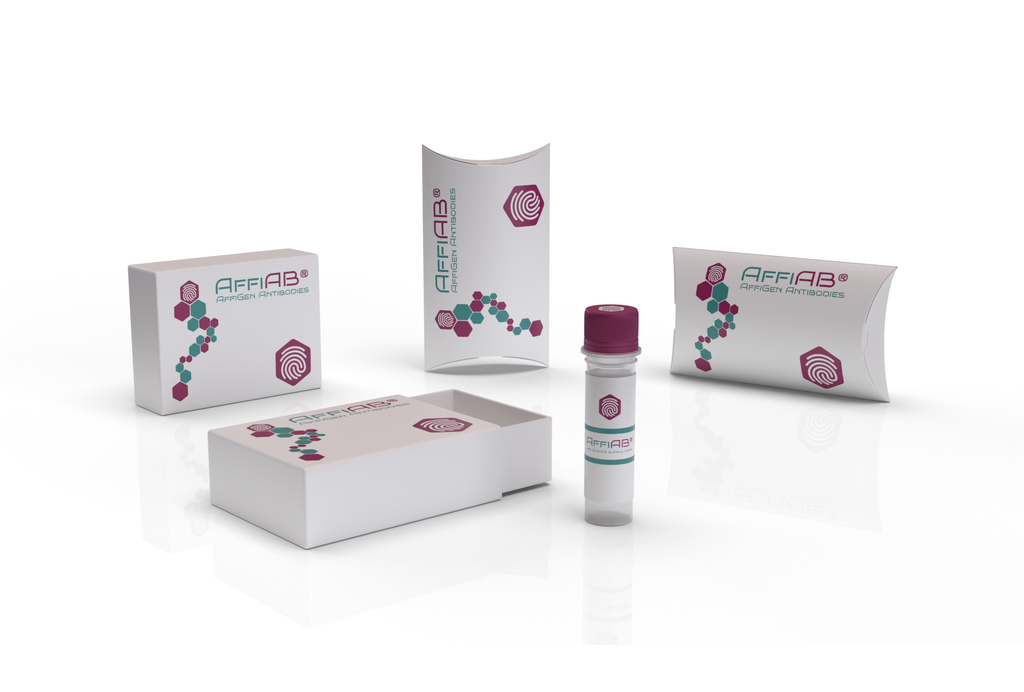AffiAB® Anti-Integrin linked ILK Antibody
Integrins are heterodimers composed of non-covalently associated transmembrane a and b subunits. The 16 a and 8 b subunits heterodimerize to produce more than 20 different receptors. Most integrin receptors bind to ligands that are components of the extracellular matrix. Certain integrins can also bind to soluble ligands such as Fibrinogen, or to counterreceptors on adjacent cells, such as the intracellular adhesion molecules (ICAMs) , leading to aggregation of cells. In addition to mediating cell adhesion and cytoskeletal organization, integrins function as signaling receptors. Signals transduced by integrins play a role in many biological processes, including cell growth, differentiation, migration and apoptosis. ILK (integrin-linked kinase) was identified as a serine/threonine kinase that phosphorylates b1 and b3 integrins. ILK expression has been shown to be reduced in response to Fibronectin, a known integrin ligand. Overexpression of ILK was shown to upregulate the Fibronectin matrix assembly in epithelial cells, indicating a potential role for ILK in cell growth, cell survival and tumorigenesis.
Antibody type
Rabbit polyclonal Antibody
Uniprot ID
SwissProt: Q13418 Human; SwissProt: O55222 Mouse; SwissProt: Q99J82 Rat
Recombinant
NO
Conjugation
Non-conjugated
Host
Rabbit
Isotype
IgG
Clone
N/A
KO/KD
N/A
Species reactivity
Human, Mouse, Rat
Tested applications
WB, IF-Cell, IHC-P
Predicted species reactivity
N/A
Immunogen
Recombinant protein within Human Integrin linked ILK aa 1-290.
Storage
Store at +4°C after thawing. Aliquot store at -20°C. Avoid repeated freeze / thaw cycles.
Form
Liquid
Storage buffer
1*PBS (pH7.4) , 0.2% BSA, 50% Glycerol. Preservative: 0.05% Sodium Azide.
Concentration
1 mg/ml.
Purity
Immunogen affinity purified.
Signal pathway
PPAR signaling pathway
Recommended dilutions
WB:1:500; IF-Cell:1:50-1:200; IHC-P:1:50-1:200
Molecular Weight
51 kDa
Subcellular location
Cell junction, Cell membrane, Cytoplasm.
Positive control
Mouse skeletal muscle tissue, rat lung tissue, A431, MG-63, PANC-1, rat skeletal muscle tissue, human kidney tissue, human pancreas tissue, mouse heart tissue.
